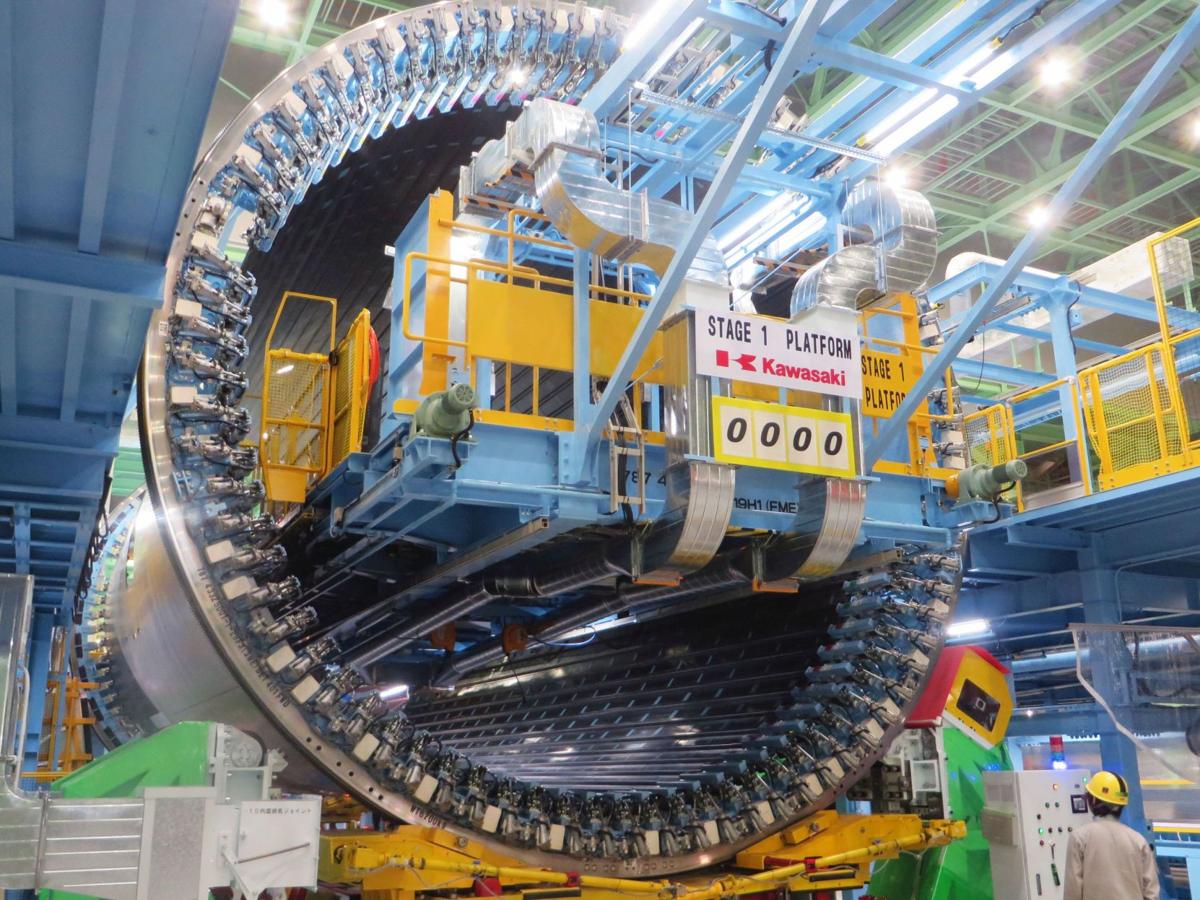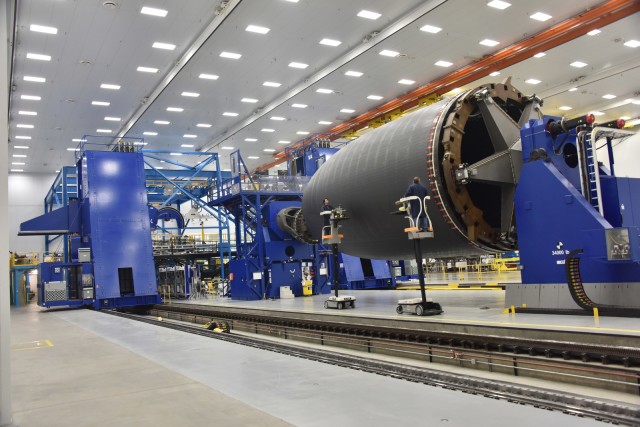GE exec who has strong ties with
aviation and Boeing in particular will move his operations over to Boeing's
paycheck systems. Formerly a GE rising star and critical component of its
aspirations, this multi facet leader of industry will lead Boeing Commercial
Aviation Division.
Boeing has these published Divisions and CEO changes:
Commercial: Defense: Space: Innovation:100: Global**:
Out: Conner NC* NC NC NC NA***
IN: McAllister NC NC NC NC Stan Deal
*NC is No Change
(**New division for Global customer
service for both Commercial and Defense is combined)
*** NA Not Available
Excellent "Standard Examiner" Report on the changes and what strategy Boeing
pursues with the changes made.
Commercial, is the Division
McAllister moves into replacing Ray Conner, while Stan Deal fills into a newly
created Division for customer Service for Commercial and Defense Divisions.
Conner retires with his "parachute".
Boeing CEO, Dennis Muilenburg, remains as the ultimate Boeing head
for all Division's.
"With McAllister, Boeing gains an
executive with deep ties to airlines worldwide, including some who are
exclusively Airbus Group SE customers, and a reputation for using data to
analyze airlines’ wants and needs. He’d been viewed as a potential successor to
David Joyce, who heads GE Aviation and is a vice chairman, said Rick Kennedy, a
spokesman for GE.
McAllister has been GE’s “face”
to all of its airline customers for 15 years, first leading the sales team and
more recently as the head of the unit selling long-term service contracts and
spare parts. The business is a major source of profit for GE, accumulating a
backlog of services worth more than $120 billion, Kennedy said.
McAllister is a “very solid guy
with a great background in aviation,” said Richard Aboulafia, an aerospace
analyst at Teal Group in Fairfax, Virginia. “He’s a big customer and part of
their biggest industrial partner company, too. That’s a unique combination.”
A materials engineer by training
and University of Pittsburgh graduate, McAllister will be the first outsider to
lead Boeing Commercial Airplanes since the unit was formed in 1965. The company
selected McAllister after considering a mix of external and internal candidates
to succeed Conner.
McAllister has worked closely
with Boeing over the years, Muilenburg said. “I’m not sure I’d call him an
outsider,” the CEO said. “He’s been very, very close to us for a couple of
decades.”
While McAllister masters the
nuances of Boeing’s culture and works to earn the respect of its factory
workers and engineers, he also will face crucial product-strategy decisions.
Perhaps the most critical is the call expected next year on Boeing’s first
all-new airplane since the 787 Dreamliner: a new plane family aimed at the
market gap between Boeing’s largest single-aisle and smallest twin-aisle
jetliners.
Through his role at GE,
McAllister “saw both the challenges and failures of the 787,” Howard Rubel, an
aerospace analyst at Jefferies, said by phone. “So, he knows how hard it is to
run an airplane company. He saw how hard it was to launch a new engine.”
McAllister also will be under
pressure to bolster margins as the planemaker slows production of the 777, its
second-largest source of profit. He may also have to navigate potential
fall-out from the economic penalties President-elect Donald Trump has threatened
to impose on China, Boeing’s largest overseas market
Deal, 52, who was rumored to be
an heir to Conner, had served as senior vice-president of Boeing’s Commercial
Aviation Services business since 2014. His new business will have about 20,000
employees and will maintain a headquarters staff of a “couple dozen” in Dallas.
The lines between Deal’s new unit
and Boeing airplane and defense divisions will be blurry in places, with some
customer-facing groups staying in place inside the current business units.
Deal’s
current operation has more than 12,000 employees and provides airlines and
leasing companies with wide ranging support services, from maintenance training
to digital crew scheduling. Another 13,000 employees support military and
government customers worldwide."
Gone:
"Conner has served as corporate vice
chairman since 2013, and president and CEO of commercial airplanes since 2012.
A 39-year Boeing veteran, he led the division during an era of historic
jetliner sales, then warned workers that tougher times and cost reductions lay
ahead. During his watch, record output at Boeing’s factories boosted the
segment’s revenue to $66 billion, up 34 percent from 2012.
He is a throwback, known for close ties forged with
customers as the planemaker’s former sales chief. A native of Burien,
Washington, a working-class suburb south of Seattle, Conner joined his father
and brother at Boeing in 1977, landing a job as a mechanic building 727
jetliners.
Conner will help smooth the
transition to a new generation of leaders, Muilenburg said, while helping Deal
knit together the government and commercial services businesses. Conner will
also stay “engaged in our product development activities, including the
production transformation under way,” Muilenburg said.
Winging Take:
All this means is Boeing is shifting to market
condition as it tries to find a balance between growing the company through
product offering and customer satisfaction through an effort of finding
commonality from its customer base with commercial and military.
Commercial and Defense are both divergent from one to
another but they share common characteristics in that both Commercial and
Defense has been identified as a customer centric environment.
The military is keen towards having a rapid change
management through its corps strategy as costs and war are mutually inclusive.
Commercial is bound to survival through its customers own change management
operation as it competes in a market place battle field environment. Both share
customer service as the key to rapid change in a competitive world as key to an
operational victory for its customers.
The Navy, Army and Air Force share the same changes
with its products as does the Commercial Aviation Division. A missile within
Military budget is just as critical as a Commercial airplane performing within
its promise through its customer perspective.
Boeing will lose if it cannot manage its customers to
its likes as found when competing with Airbus A-320 or a Lockheed F-35 when submitting
a bid. The Military holistic package has an important customer service
component which directly affects the outcome of any bid process. Boeing's new
Global Division will address these issues through Stan Head's leadership. It is
an adjunct Division serving the operations of both Commercial and Defense.
Related Article for additional information and insight:




